How to Assess Culture Fit Without Bias or Gut Feelings
How Hiring Teams Can Assess Culture Fit (Without Relying on Vibes)

Hiring based on a good “gut feeling” or a perceived “culture fit” is common, but it’s not always helpful. In fact, it can unintentionally reinforce unconscious bias, reduce team diversity, and lead to less effective hires.
Here’s the good news: assessing culture fit can be done objectively. The key is shifting from an instinctual model to a structured one—one that focuses on values alignment, communication preferences, and collaboration style, rather than whether someone enjoys the same hobbies or has a similar background.
At Kassen Recruitment, we help hiring teams build structured processes that support stronger, more inclusive decision-making. Below, we break down how to evaluate culture fit—without relying on vague vibes.
1. Start With a Defined Company Culture
Before you can assess culture fit, you need to clearly define what your culture is. This doesn’t mean listing buzzwords like “collaborative” or “fast-paced”—it means outlining specific behaviours, values, and team norms.
Ask yourself:
- What behaviours are rewarded here?
- How are decisions made—individually or by consensus?
- Do we value experimentation, or consistency and reliability?
- What does successful communication look like on our team?
Write down 3–5 core culture markers you can reference consistently across interviews. This gives everyone a shared language for culture alignment—and removes ambiguity from the conversation.
2. Shift From “Culture Fit” to “Culture Add”
Hiring someone just because they “fit in” can lead to homogenous teams and stagnation. Instead, ask: what might this person add to our culture?
This mindset invites:
- New ways of thinking
- Different problem-solving styles
- Diverse lived experiences
Look for candidates who align with your values but bring something new to the table—whether that’s a fresh perspective, a different leadership style, or a complementary skillset.
3. Use Structured Interview Questions
Once your cultural values are clearly defined, build behavioural interview questions around them. For example:
- If your team values collaboration, ask:
“Tell me about a time you worked on a team project. How did you handle differences in opinion?” - If you value autonomy, try:
“Describe a situation where you had to make an important decision with minimal oversight.”
Score responses using a rubric that outlines what a strong, moderate, and weak answer looks like. This reduces subjectivity and allows multiple interviewers to compare notes fairly.
4. Involve a Diverse Panel in Evaluation
Unconscious bias is less likely to dominate when more than one person is involved in decision-making. Choose a hiring panel that reflects different roles, seniority levels, and perspectives within your team.
After the interview, gather feedback independently—before the panel discusses as a group—to avoid groupthink.
Ask evaluators to answer questions like:
- Does this person demonstrate alignment with our defined values?
- Where might they challenge or stretch our current norms in a productive way?
5. Use a Scorecard or Culture Alignment Checklist
Instead of relying on memory or impressions, use a simple scorecard to track how well a candidate aligns with each culture value. For example:
| Culture Marker | Score (1–5) | Notes |
|---|---|---|
| Communication Style | 4 | Clear and thoughtful responses |
| Feedback Openness | 3 | Open, but could ask more clarifying Qs |
| Team Collaboration | 5 | Strong examples of cross-functional work |
Scorecards help reduce halo/horns effects—when one strong or weak trait colours your perception of everything else.
6. Follow Up With References—Strategically
When speaking to references, ask targeted questions that relate back to your culture values.
Example:
- “How did they handle feedback when working on collaborative projects?”
- “Would you describe their approach to work as more independent or more team-oriented?”
Don’t just ask if they were a good employee—dig into how they contributed to team dynamics and adapted to challenges.
Final Thoughts: Make Culture Fit a Tool, Not a Trap
Hiring for culture fit shouldn’t mean hiring for sameness. When done right, it becomes a powerful tool for creating stronger teams, deeper alignment, and long-term retention. By shifting from “vibes” to values—and building structured, bias-aware methods—you’ll not only hire better, but you’ll build a workplace that welcomes a wider range of talent.
Need Help Hiring?
Partner with Kassen Recruitment to build a structured, inclusive hiring process that attracts and retains the right talent—without relying on guesswork.










